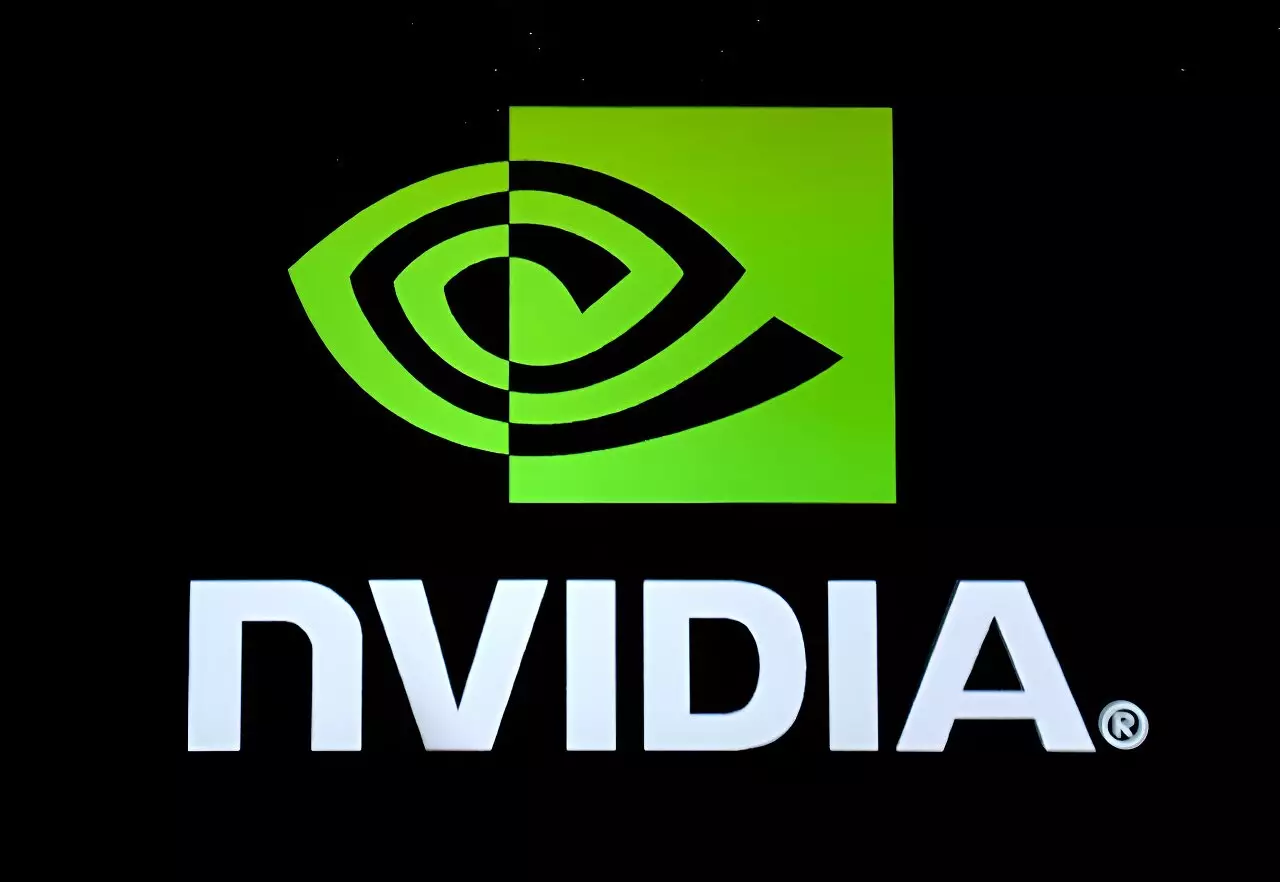Nvidia’s meteoric ascent in the technology landscape has reshaped the finite boundaries of innovation and market power in the AI industry. With an unwavering reputation for producing some of the most advanced chips for artificial intelligence, Nvidia has become synonymous with the digital future. However, this dominance raises critical questions about the nature of their success: is it purely earned through merit, or does their hold on the market verge on monopoly? While Nvidia’s technically superior offerings undoubtedly set the benchmark, the company’s aggressive tactics and aggressive ecosystem control have sparked scrutiny from authorities and competitors alike.
Their recent impressive quarterly revenue of over $30 billion underscores a marketplace that is increasingly dependent on their solutions. Major players such as Microsoft, Google, and Meta have poured billions into Nvidia’s infrastructure, securing their foothold in the AI ecosystem. This alliance highlights how Nvidia’s technology has become indispensable for deploying today’s most cutting-edge AI models, including generative AI like ChatGPT. Yet, the core of this success isn’t merely technological excellence—it’s a complex web of market influence, strategic partnerships, and, potentially, exclusionary practices.
The US Investigation: Power Play or Honest Competition?
Amid Nvidia’s ascendancy, concerns about anti-competitive behavior are gaining traction within regulatory circles. The US Department of Justice’s probe into Nvidia’s potential abuse of market power signals a recognition of how profoundly Nvidia’s position influences the entire AI supply chain. Reports suggest that the company might have used its market dominance to disadvantage competitors—perhaps making it more difficult for customers to switch to alternative GPUs or competing chips.
While Nvidia asserts that it offers customers the freedom of choice—pointing to benchmark results, value propositions, and technological superiority—critics argue that true competition cannot flourish in an ecosystem where a single dominant player controls access, pricing, and interoperability standards. This situation echoes larger debates about the balance between innovation and monopolization in the tech industry. If Nvidia’s dominant position is protected through tactics that stifle competition, the entire AI sector risks stagnation, innovation suppression, and diminished consumer choice.
Innovation Under the Shadow of Power
The key question remains: does Nvidia’s overwhelming influence undermine the very spirit of innovation that it is purportedly fueling? While many celebrate the breakthroughs enabled by Nvidia’s chips, it’s worth questioning whether the current landscape might be creating a ‘winner takes all’ environment. When a handful of corporations rely on and fund Nvidia’s ecosystem, the threat of monopolistic practices grows more tangible, potentially leading to higher costs, reduced diversity in technology options, and slower overall progress.
At the same time, Nvidia’s technological achievements are undeniable. Their hardware and software innovations continue to push the boundaries of AI capability, attracting the lion’s share of investments and talent. Yet, this growth must be weighed against the broader implications for market health, innovation diversity, and fair competition. Without checks and balances, Nvidia’s rise risks becoming a cautionary tale about the potential perils of unchecked market power, even in the face of outstanding technological achievement.

